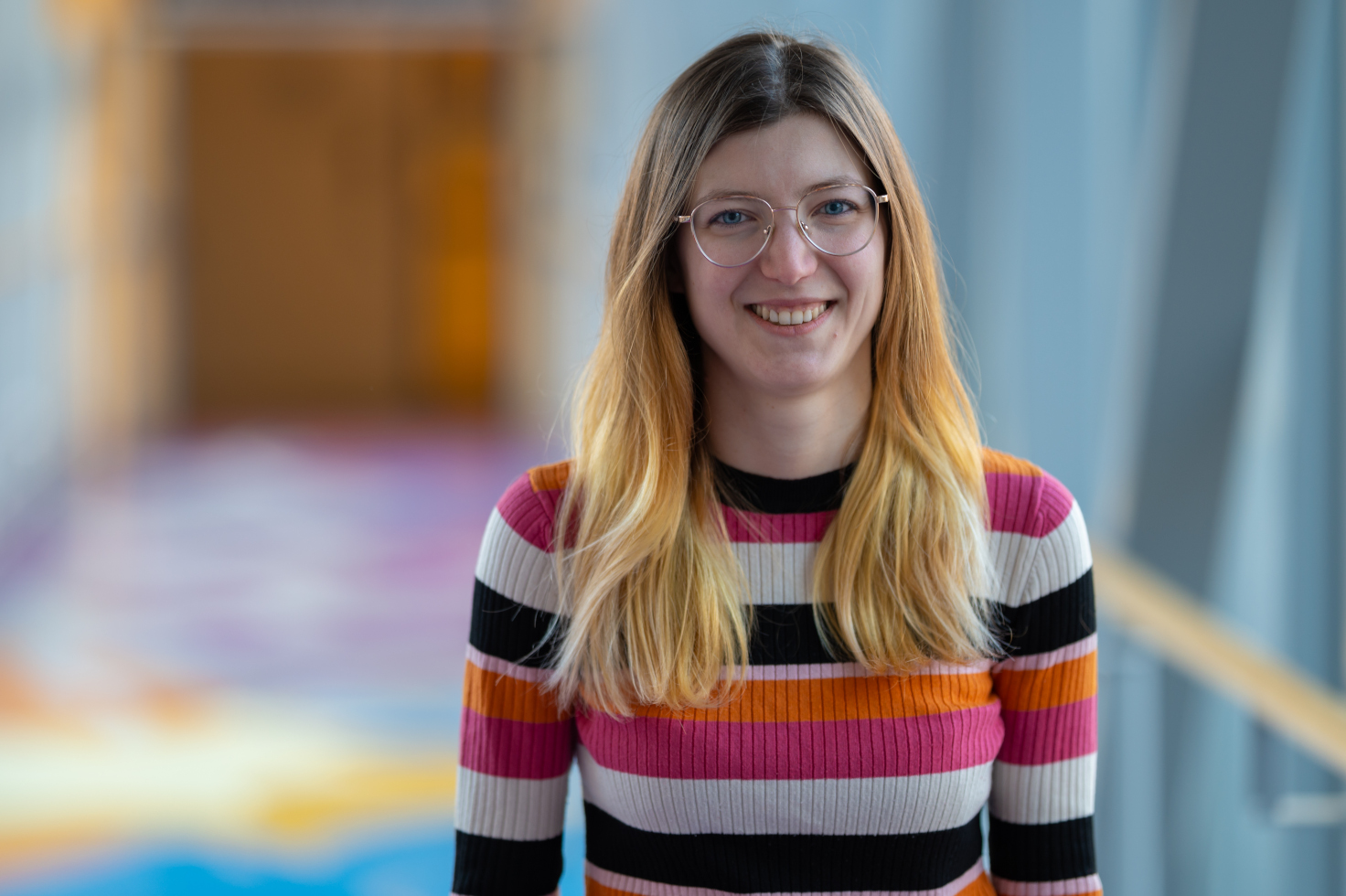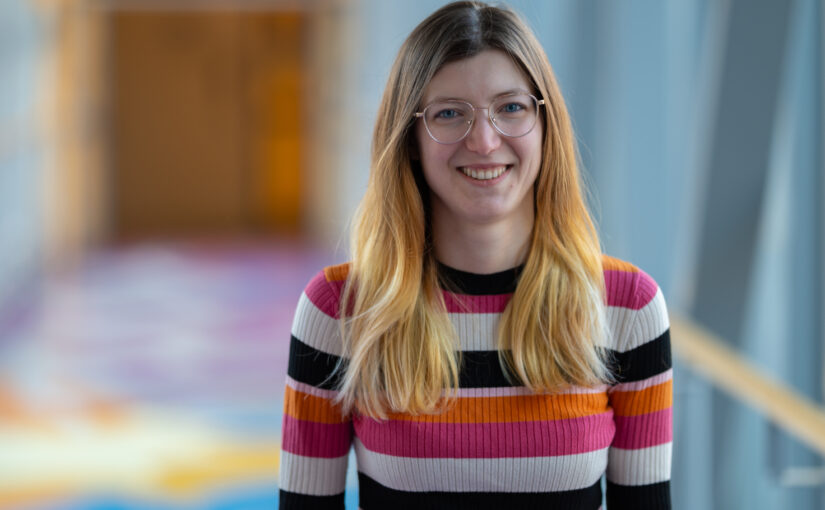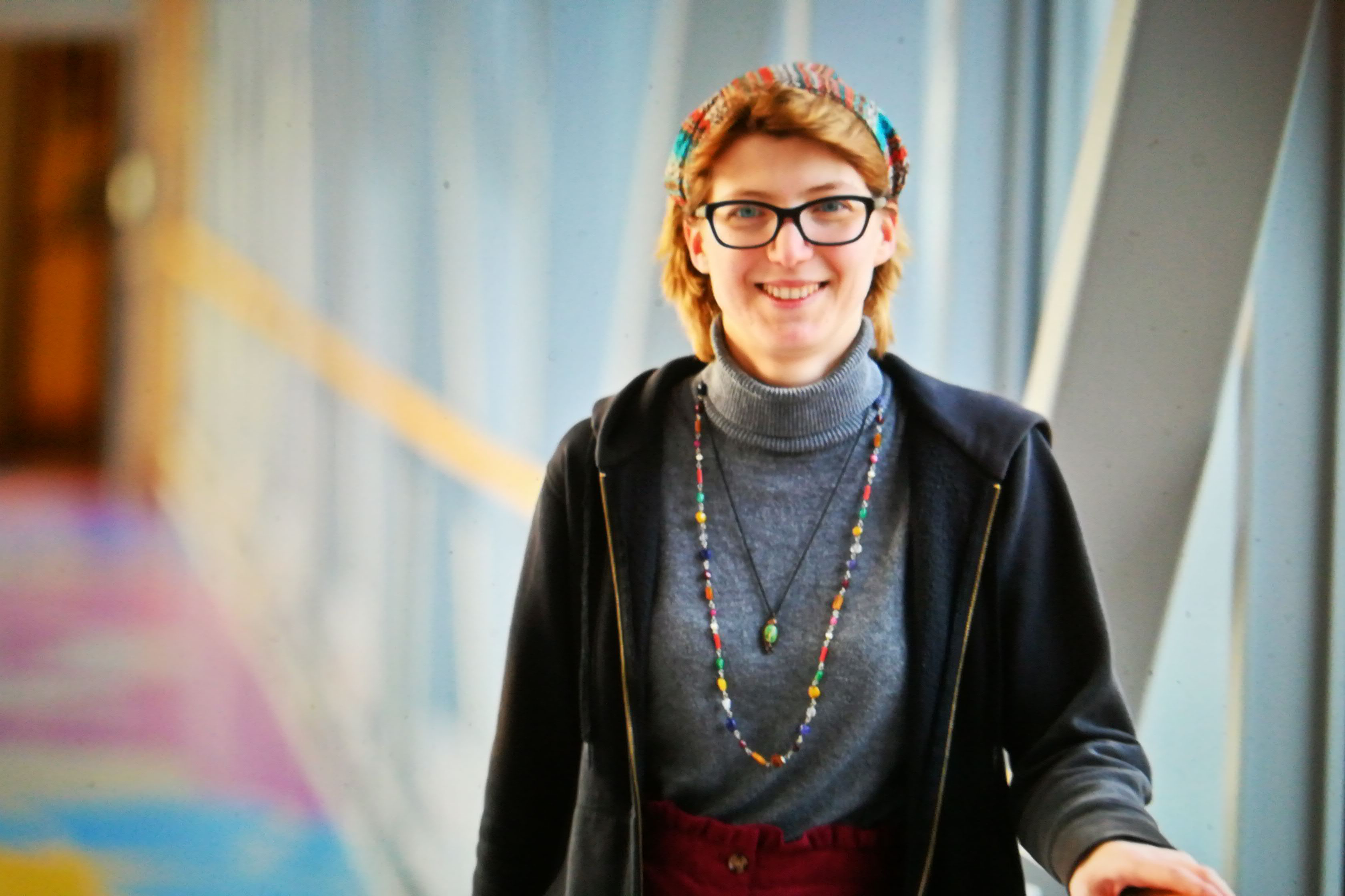 Laura Natali starts her PhD at the Physics Department of the University of Gothenburg on 1st March 2020.
Laura Natali starts her PhD at the Physics Department of the University of Gothenburg on 1st March 2020.
Laura has a Master degree in Physics, curriculum in Physics of Biosystems, from the University of Rome “La Sapienza”, where he submitted a Master thesis whose results can be found here.
In her PhD, she will focus on microswimmers and active polymers employing machine learning techniques.

